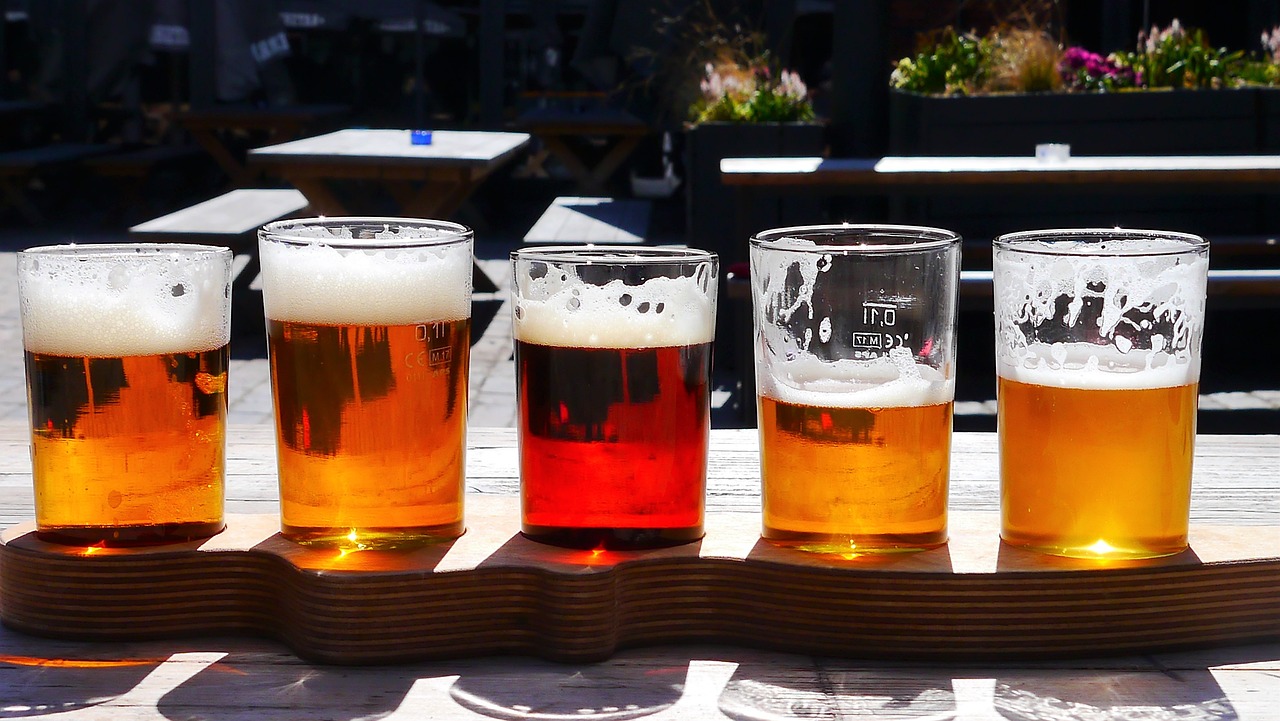News release
From:
Improving the flavour of Belgian beers
A machine learning method that could help develop new alcoholic and non-alcoholic beer flavours with higher rates of consumer appreciation is reported in Nature Communications. The authors suggest that the method could help food manufacturers to meet specific consumer demands in a more efficient and cost-effective way.
Understanding and predicting whether consumers will enjoy new food flavours is a complex task that is influenced by numerous chemical compounds and external factors. This presents a challenge in deciphering the relationship between beer chemistry and consumer preferences. Typically, this is investigated through consumer trials, which can be limited and somewhat inefficient.
Kevin Verstrepen and colleagues characterized over 200 chemical properties from 250 Belgian commercial beers across 22 beer styles, such as Blond and Tripel beers. They linked these to descriptive sensory profiling data from a trained tasting panel of 16 people and data from more than 180,000 public consumer reviews from an online beer review database called RateBeer. With this large dataset, the authors trained machine learning models to correlate and predict flavour and consumer appreciation from the beers’ chemical profile. They tested the effectiveness of the model by using its predictions to modify an alcoholic and non-alcoholic commercial beer and achieved higher overall appreciation among trained panellists in blind tastings.
The authors suggest that this tool could help improve quality control and recipe development of beers, or potentially other food and beverages, to meet specific consumer demands more efficiently. Currently, the results are still restricted to major commercial Belgian beer styles, and a larger number of samples may be needed to optimise predictions and overcome limitations. These include identifying style-specific effects and demographic information, such as age and culture.



 International
International


